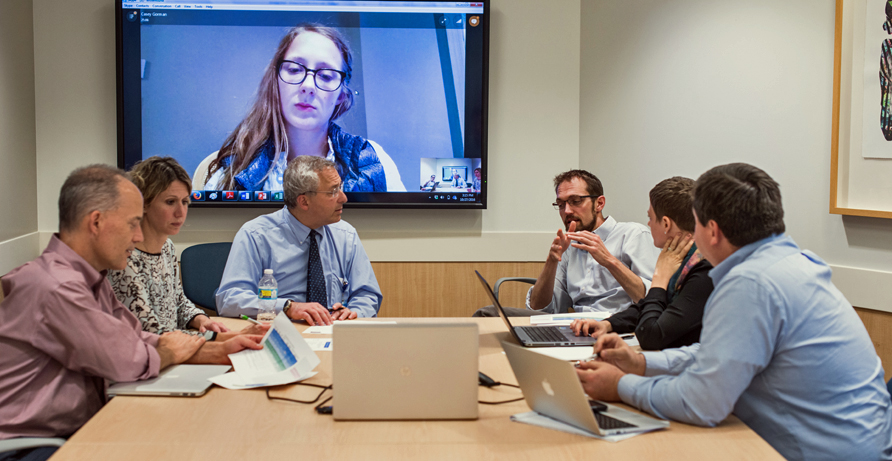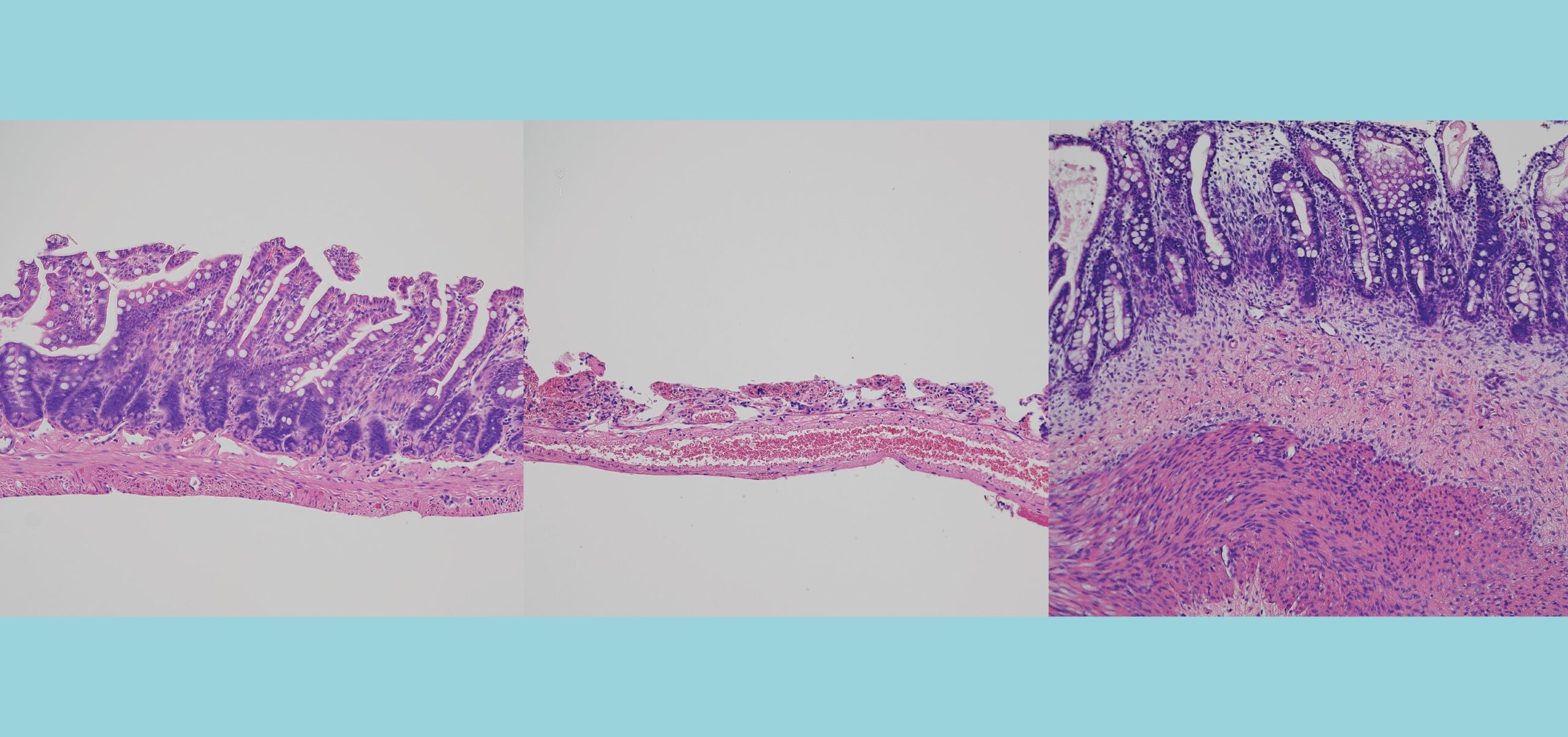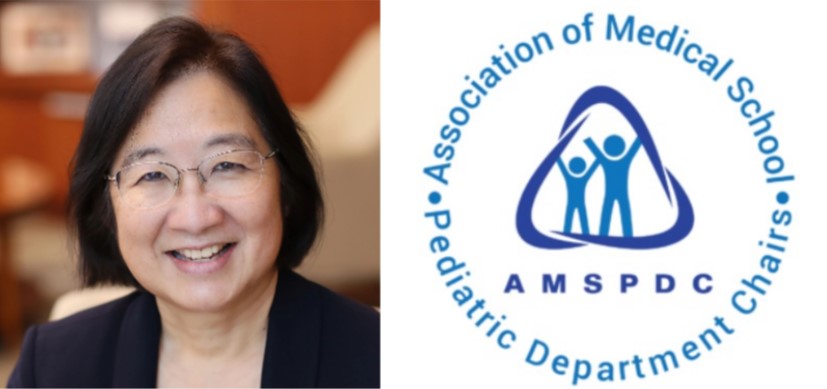Top Pediatric Centers Launch GRIN to Support Genomic Data Sharing
Post Date: June 30, 2019 | Publish Date: Winter 2017

“There are more than 7,000 different pediatric diseases. Each is rare, but in aggregate, they add up to a big public health issue.”
—Tracy Glauser, MD
Collaboration between principal investigators at different institutions is common on grant-funded research projects. However, finding major research centers working together outside of specific grants does not happen often.
Or, at least it was before the creation of the Genomics Research and Innovation Network (GRIN)—a groundbreaking project involving the top three pediatric hospitals in the U.S.
Cincinnati Children’s, Boston Children’s and Children’s Hospital of Philadelphia (CHOP) have joined forces through GRIN to share data and resources. Their mission: to better understand the underlying genomic causes of disease and to accelerate efforts to develop potential therapies and, ultimately improve children’s health.
COMPETITORS FIND VALUE IN COLLABORATION ON RARE DISEASES
It was a rare event when the leadership of the three hospitals first began discussing the collaboration and common mission in September 2014.
The CEOs of all three institutions—Michael Fisher of Cincinnati Children’s; Madeline Bell of CHOP; and Sandra Fenwick of Boston Children’s—have committed ongoing resources to sustain this new project, which they consider critically important to the field of pediatrics.
“Our mission began as a way to accelerate discovery of rare genetic disorders through collaboration with other leading pediatric institutions,” explains Arnold Strauss, MD, Associate Director of External Relations and Strategic Projects and former Chair of the Cincinnati Children’s Research Foundation. Strauss helped create GRIN, along with his counterparts at CHOP and Boston Children’s.
The power of such an alliance can impact rare disease research in two key ways. First, by pooling the brainpower of some of the world’s best pediatric clinicians and researchers. And second, by magnifying the statistical significance of their work.
For example, a single hospital may have only a handful of children with a particular disease. Multiply that by three or more hospitals and researchers can make progress more quickly. As GRIN has developed, the planning team has recognized that the new network will empower research.
“There are more than 7,000 different pediatric diseases,” explains Tracy Glauser, MD, Associate Director of Cincinnati Children’s Research Foundation, who also serves on the executive team of GRIN’s Joint Steering Committee. “Each is rare, but in aggregate, they add up to a big public health issue.”
In fact, more than half of Cincinnati Children’s admissions each year are the result of genomic diseases, adds Peter White, PhD, Director, Biomedical Informatics, and Co-Director of the Center for Pediatric Genomics at Cincinnati Children’s. White also serves on GRIN’s Joint Steering Committee.
“Many adult diseases have their genesis in pediatrics,” adds Glauser. “So pediatric study is important for adult medicine.”
That means that a powerful collaboration that works to understand, treat, and maybe eventually prevent, genomic-based diseases could greatly benefit the health of many people, not just children.
3 PROJECTS BEGIN: EPILEPSY, OBESITY, GROWTH DISORDERS
To get started, GRIN is focusing on three disease areas: early childhood obesity, growth disorders/short stature, and epilepsy.
“Each of the sites is leading on one of those projects and has identified collaborators at the other two sites. Together they are recruiting patients, collecting materials, generating data and sharing data—both genomic data and associated descriptive data,” White says.

GRIN LAYS FOUNDATION FOR LONG-TERM COLLABORATION
Much of GRIN’s inaugural year has been devoted to building the regulatory and legal infrastructure to allow the three hospitals to work together and share information. This has included establishing material transfer and IRB agreements, says Glauser.
“We’re working on aligning consent processes for participants, so that all data that’s collected can be shared consistently across GRIN sites,” says Kristen Sund, PhD, MS, the point person of institutional genomics at Cincinnati Children’s and GRIN program manager, who has worked on the project since its inception.
GRIN seeks to expand a shared library of genomic data that currently flows primarily from whole-genome and whole-exome sequencing. Other types of data to collect and share could include RNA, proteomics and metabolomics. The network also wants to connect the genomic data with imaging results and other electronic health records, Sund says.
Eventually, the GRIN team hopes that more pediatric hospitals—of all sizes—will join the network.
“There might be sites out there that don’t have a huge research program, but we can still learn a lot from their patients,” says Sund. “And we can give their patients an opportunity to participate in research that otherwise wouldn’t be available to them. So we can really make a difference in pediatric genomics.”
—By Heide Aungst
(This article originally appeared in the Winter 2017 issue of Research Horizons)







